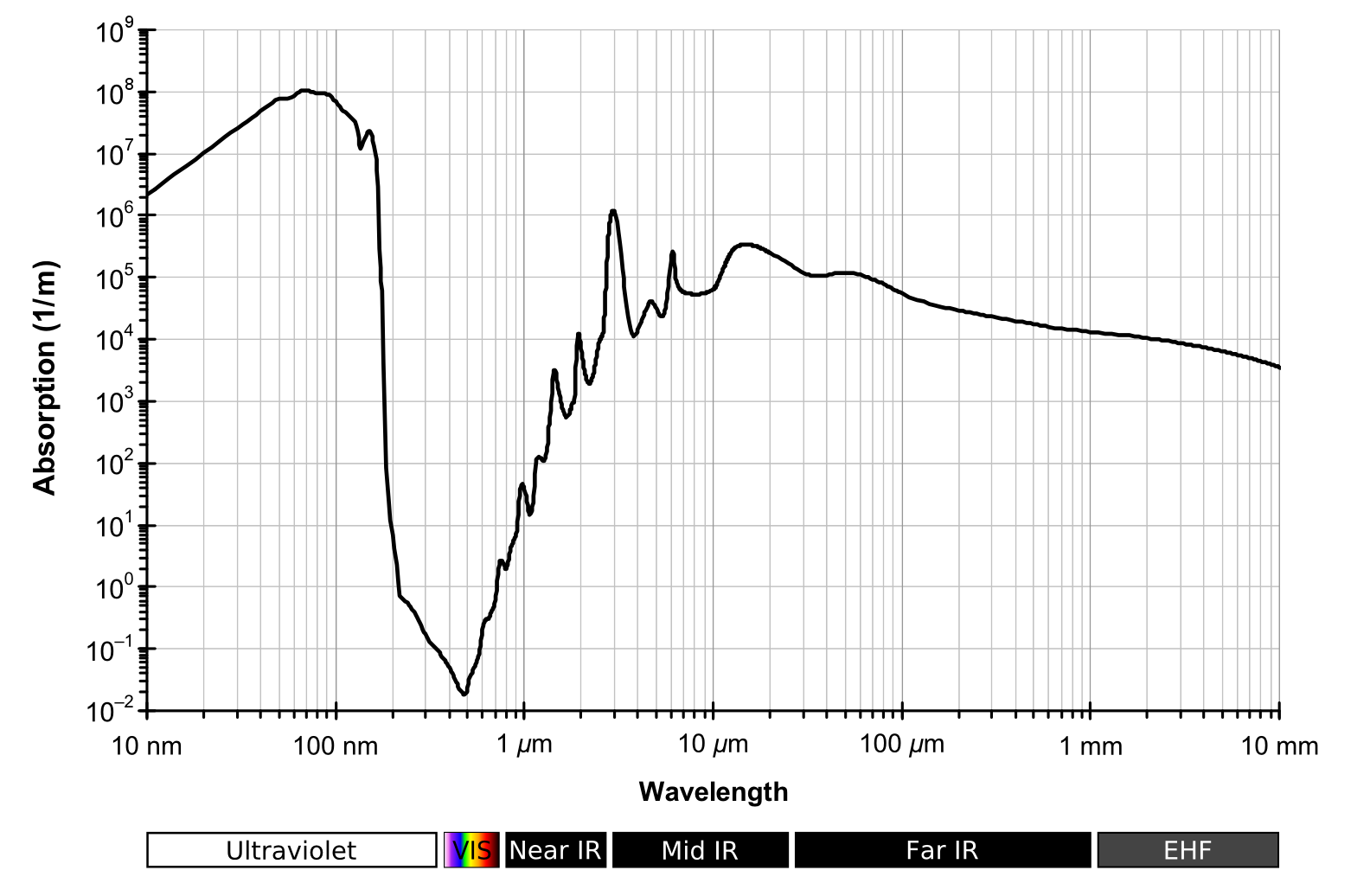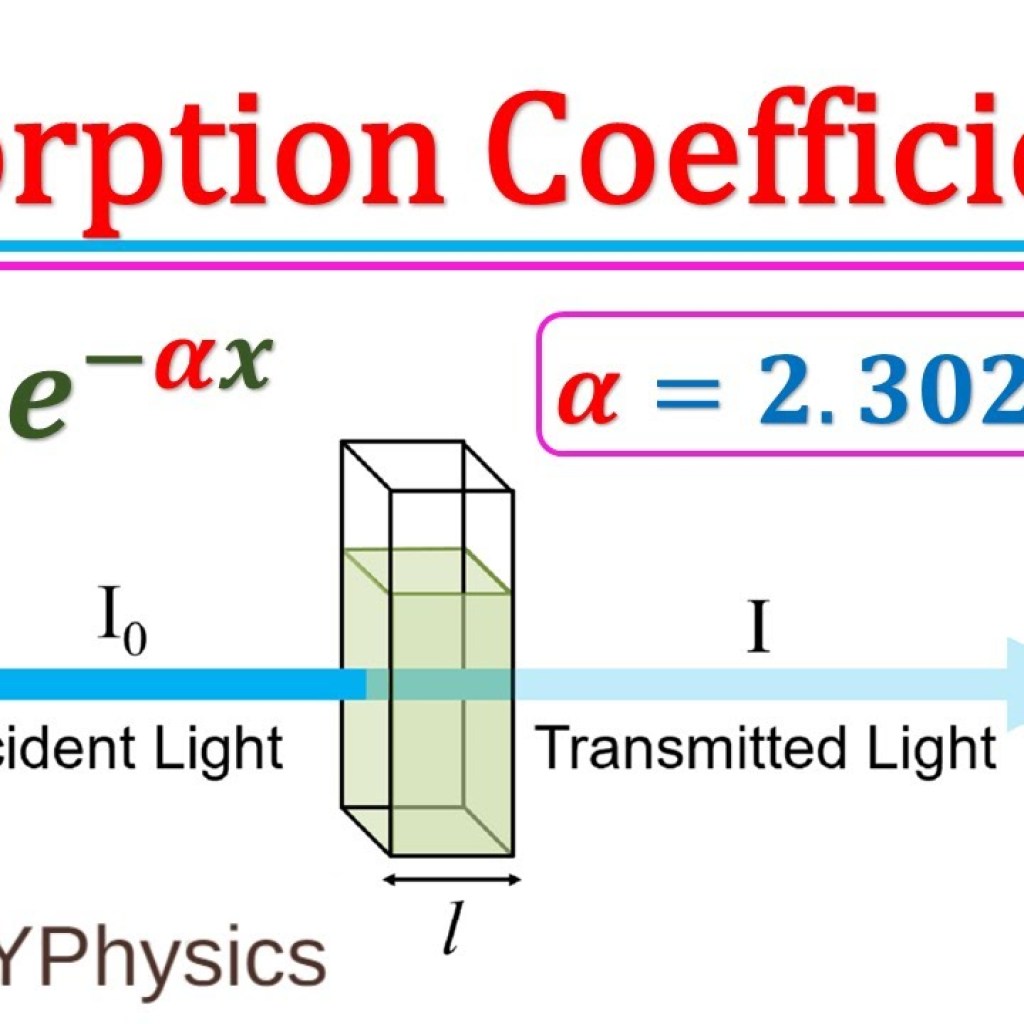Contents

Source: YouTube
Understanding Absorption Length in Optical Physics
Introduction to Absorption Length
Absorption length is a fundamental concept in the field of optical physics, particularly when studying how light interacts with different materials. It refers to the distance over which the intensity of light traveling through a medium decreases to approximately 37% of its original value. This reduction in light intensity occurs due to the absorption of light by the medium.
The Exponential Decay of Light Intensity
When light travels through a homogeneous material, its intensity diminishes exponentially. This behavior is described by the Beer-Lambert law, which states that the intensity of light decreases as it propagates through an absorbing medium. The rate of this decay is determined by the absorption coefficient of the material. The absorption length is defined as the reciprocal of this coefficient.
Practical Applications of Absorption Length
In practical applications, such as in the design of laser gain media, the absorption length is a critical parameter. For instance, the length of an optically pumped laser medium is often chosen to be between two to three times the absorption length at the pump wavelength. This ensures that the medium absorbs sufficient pump light to achieve the desired level of amplification.
Comparing Absorption Length and Penetration Depth
While the term “absorption length” is specific to the absorption of light, “penetration depth” is a broader concept that also considers other factors like reflection. In materials such as metals, the rapid decrease in light intensity is often due to reflection rather than absorption. Therefore, penetration depth can encompass both absorption and reflection effects.
Conclusion
Understanding absorption length is essential for anyone working with optical systems. It not only helps in designing efficient optical devices but also in understanding the fundamental interactions between light and matter. By controlling the absorption properties of materials, engineers and scientists can optimize the performance of a wide range of optical technologies.

Source: Echemi
Feel free to comment your thoughts.



